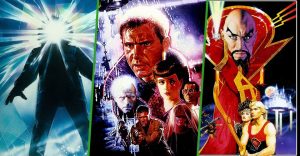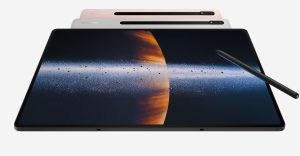Why Is Mars Red? Understanding The Planet’s Unique Color

Mars is frequently referred to as outer space’s the ‘Red Planet’ thanks to its distinctive red appearance — but why is it like this in the first place? Our Solar System is home to a variety of unique and eye-catching worlds. Venus is a smoldering hot planet with a yellow/white hue. Jupiter is a massive gas giant with swirling clouds of white, orange, red, and tan. Then there’s a planet like Neptune, which is incredibly windy and has a deep blue appearance.
Also present in the Solar System is Mars. It’s the fourth planet from the Sun, one of the closest to Earth, and is also one of the smallest. It also happens to be a prime target of pop culture and science fiction. There have long been stories of Mars having some kind of life — whether it be green aliens or scary monsters. While those tales may not be true, many scientists do believe that ancient life could have once existed on Mars. In fact, NASA’s sent rovers like Curiosity and Perseverance to the planet with the sole purpose of finding evidence of life.
Another key characteristic of Mars is its red color. In photos, movies, and even looking at it through a telescope, the planet often appears red. Why? It all has to do with Mars’ composition. As NASA explains, many of the rocks on Mars are rich in iron. Whenever iron’s exposed to the outdoors, the element oxidizes and turns red. From hundreds of millions of miles away, all of that exposed iron gives Mars the iconic red look it’s become famous for.
Mars Has A Bunch Of Different Colors, Too

Here’s where things get interesting. Mars certainly looks red from a distance, but that quickly changes the closer you get to the planet. As countless photos from Mars rovers and orbiters have proven, the planet isn’t actually red. Instead, it’s a varied combination of brown, tan, orange, and even green in some areas. This all depends on the minerals that make up the Martian surface. Along with iron, the planet’s crust also has oxygen, magnesium, aluminum, silicon, calcium, and potassium.
So that’s Mars! From far enough away, all of the oxidized iron really does make it look red. As with so many things in outer space, however, Mars has more than initially meets the eye. In this case, that means a surface filled with brown, yellow, and other colors — with red being noticeably absent. For a world so commonly referred to as ‘the Red Planet,’ it sure does have a lot of non-red colors.
Source: NASA
About The Author


















